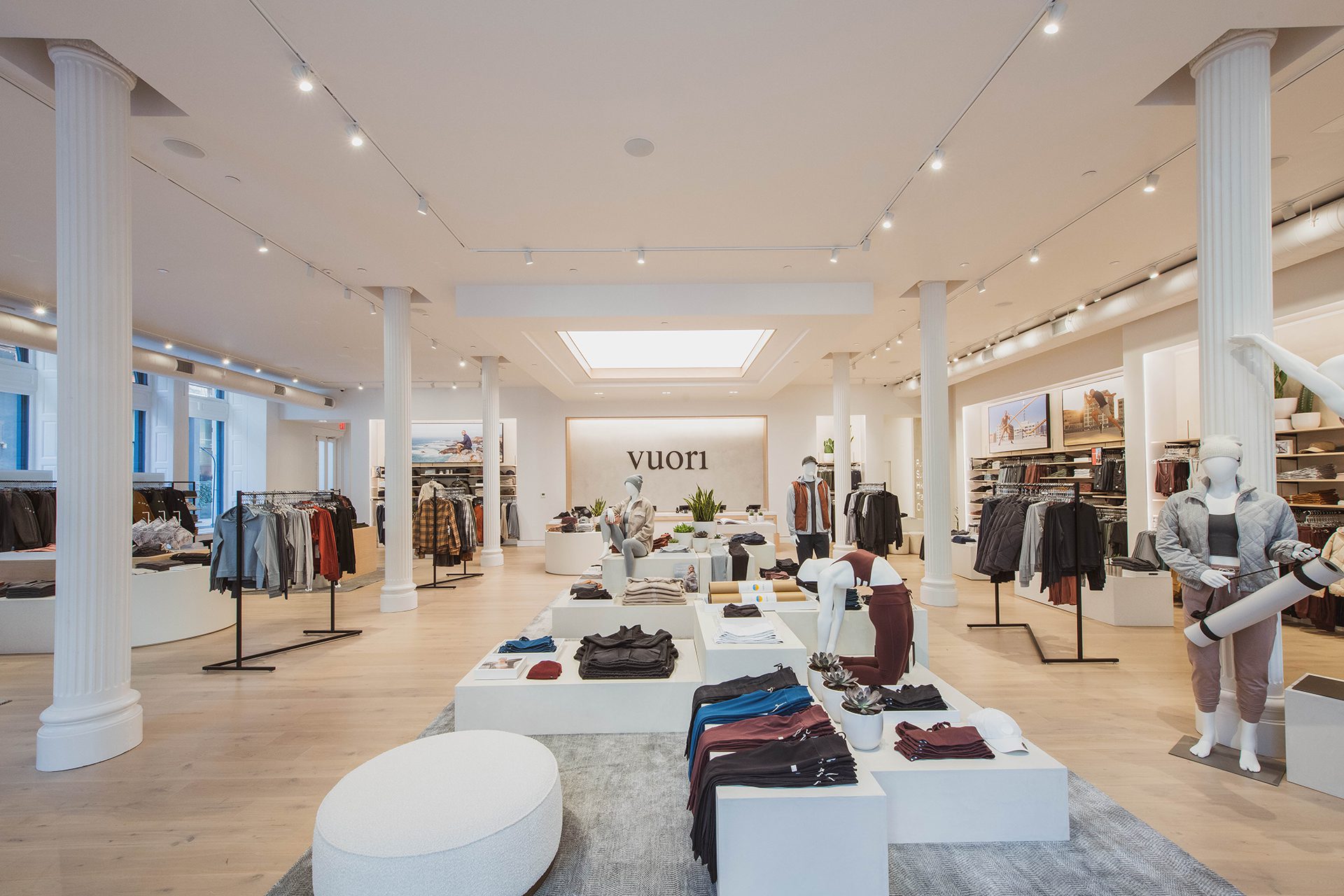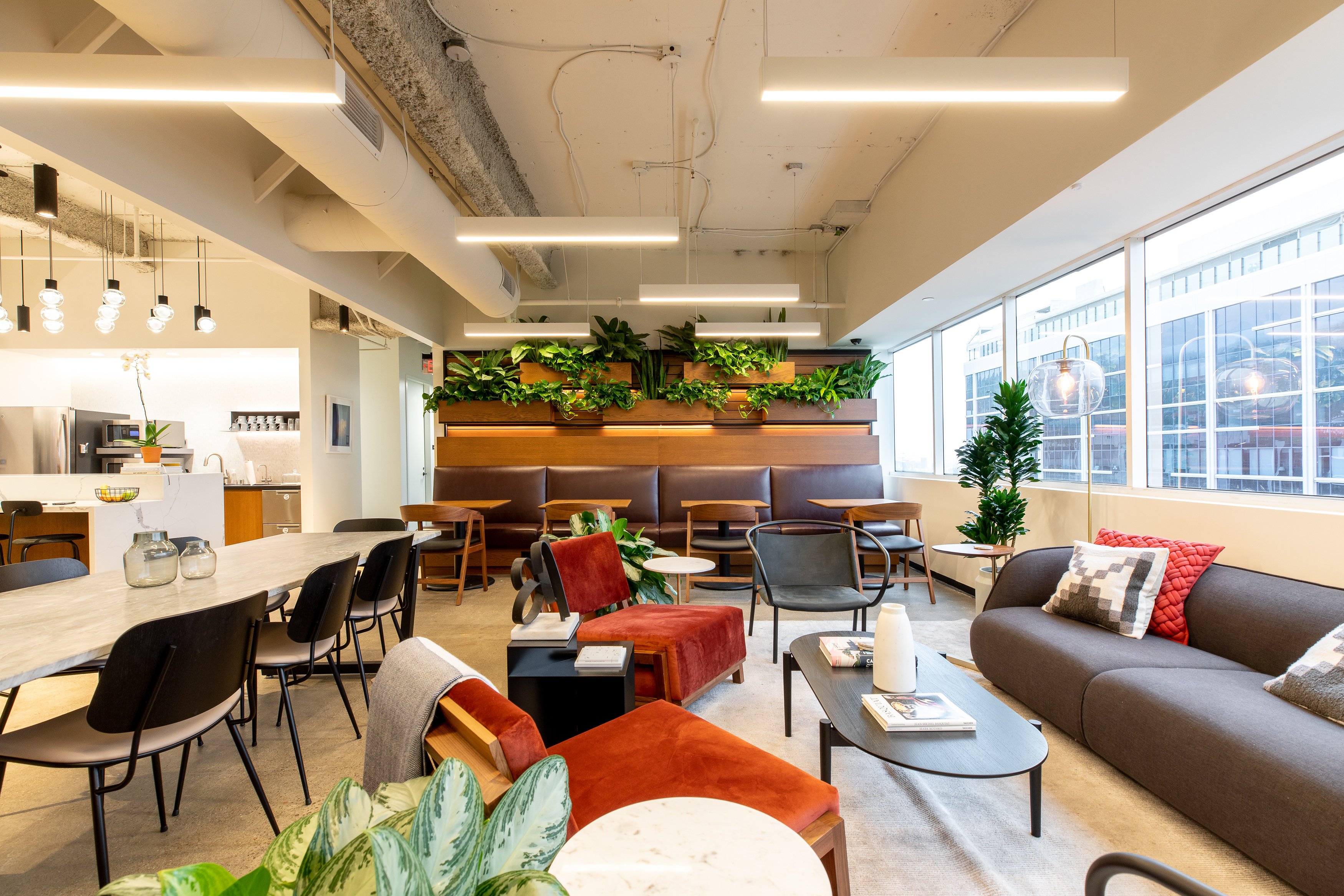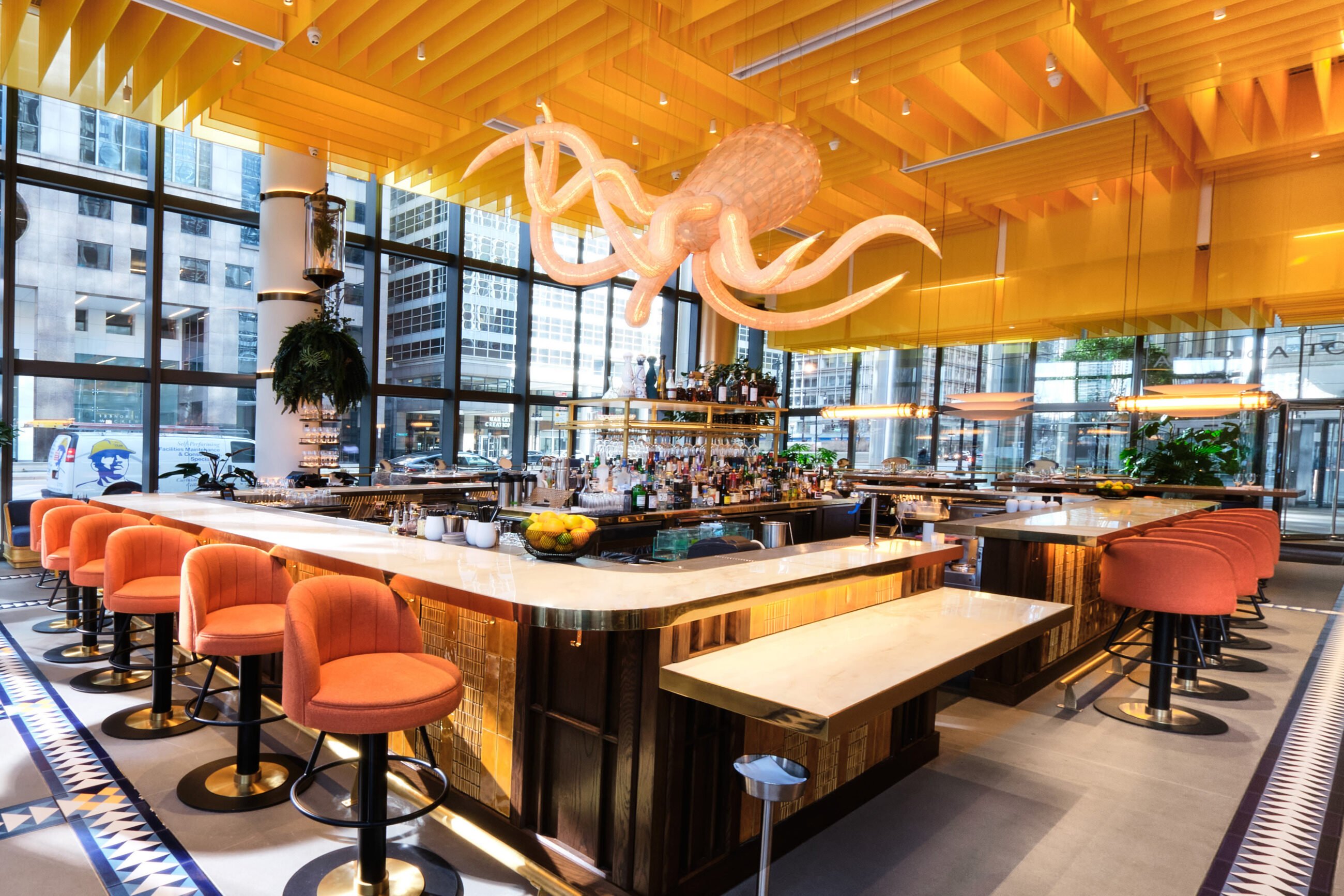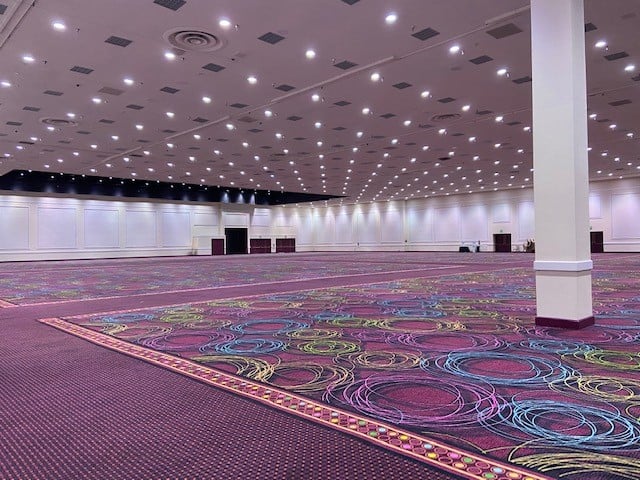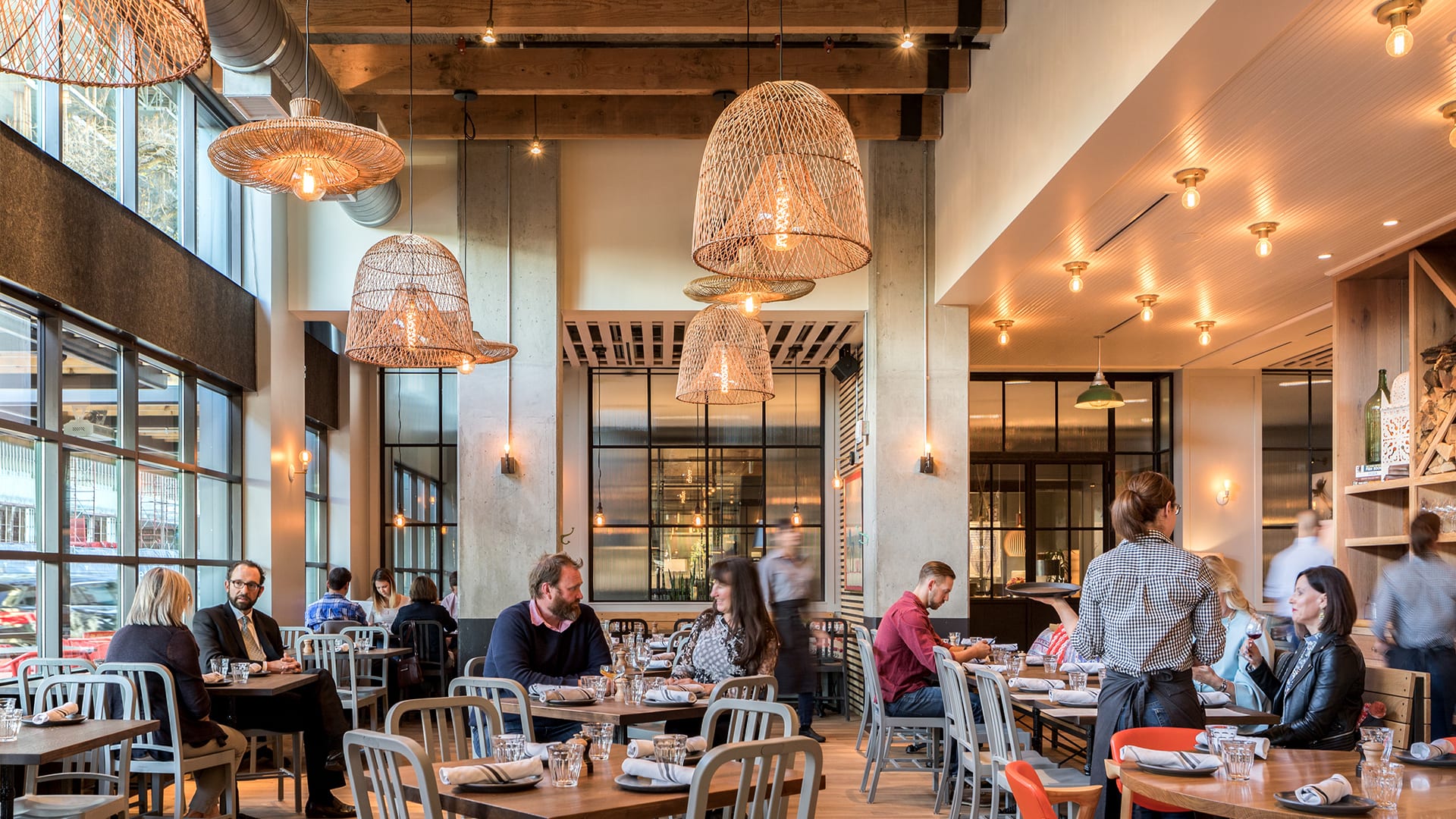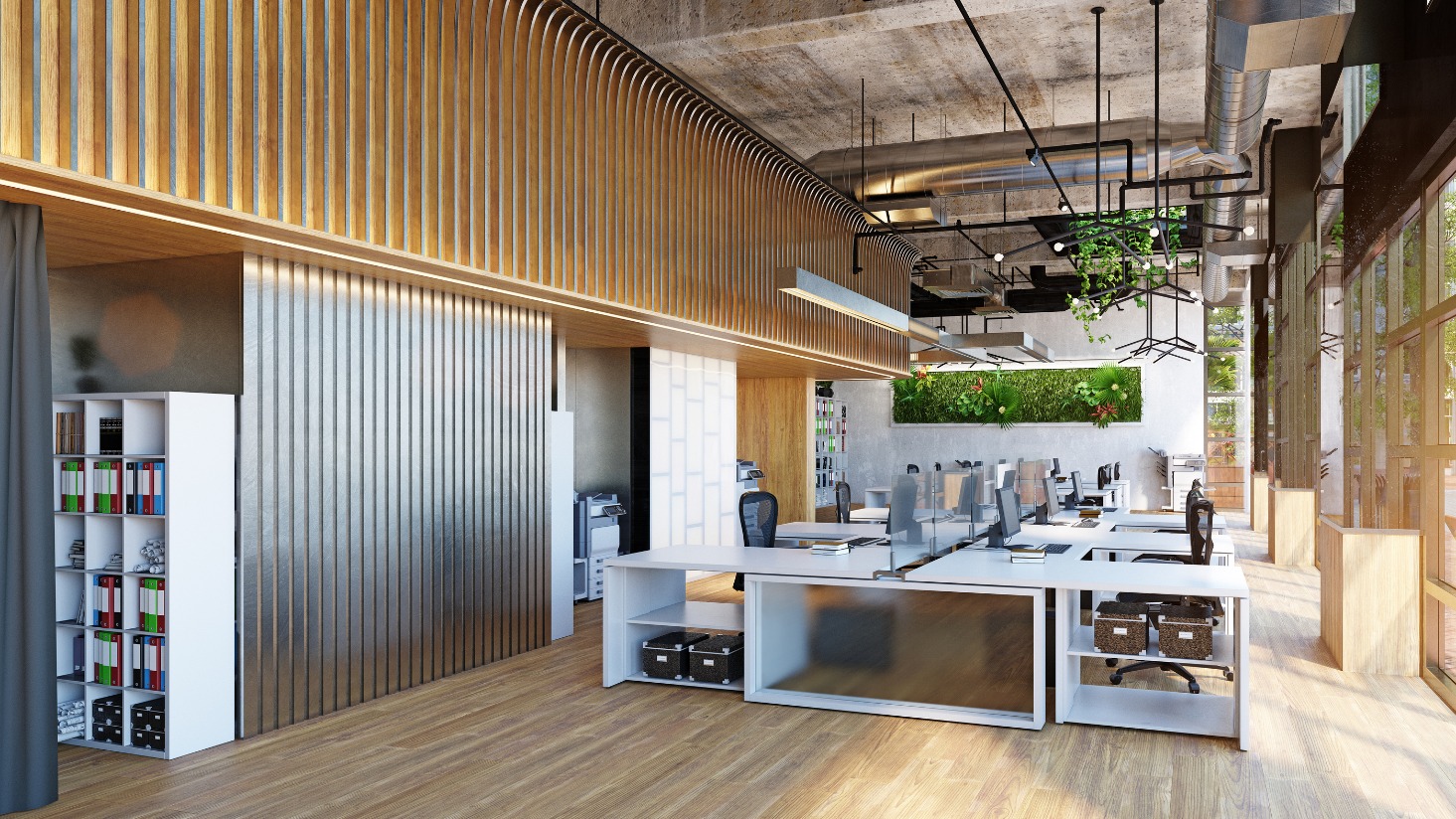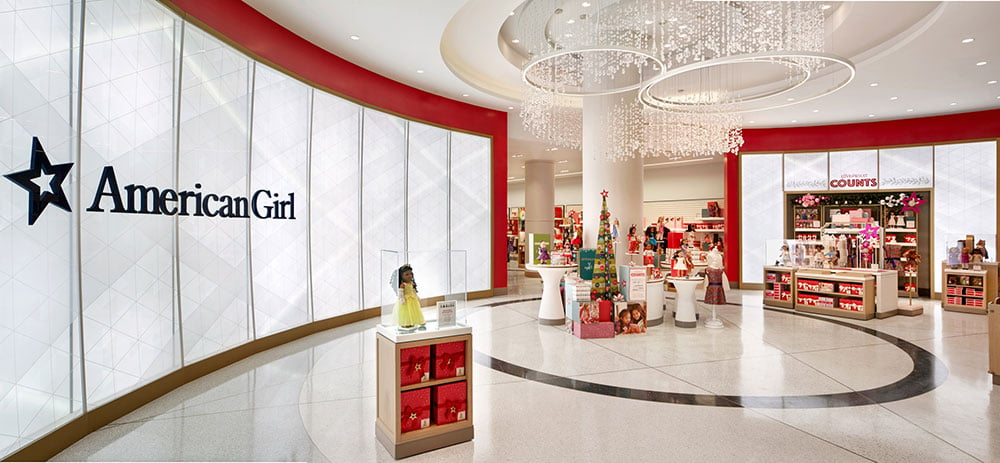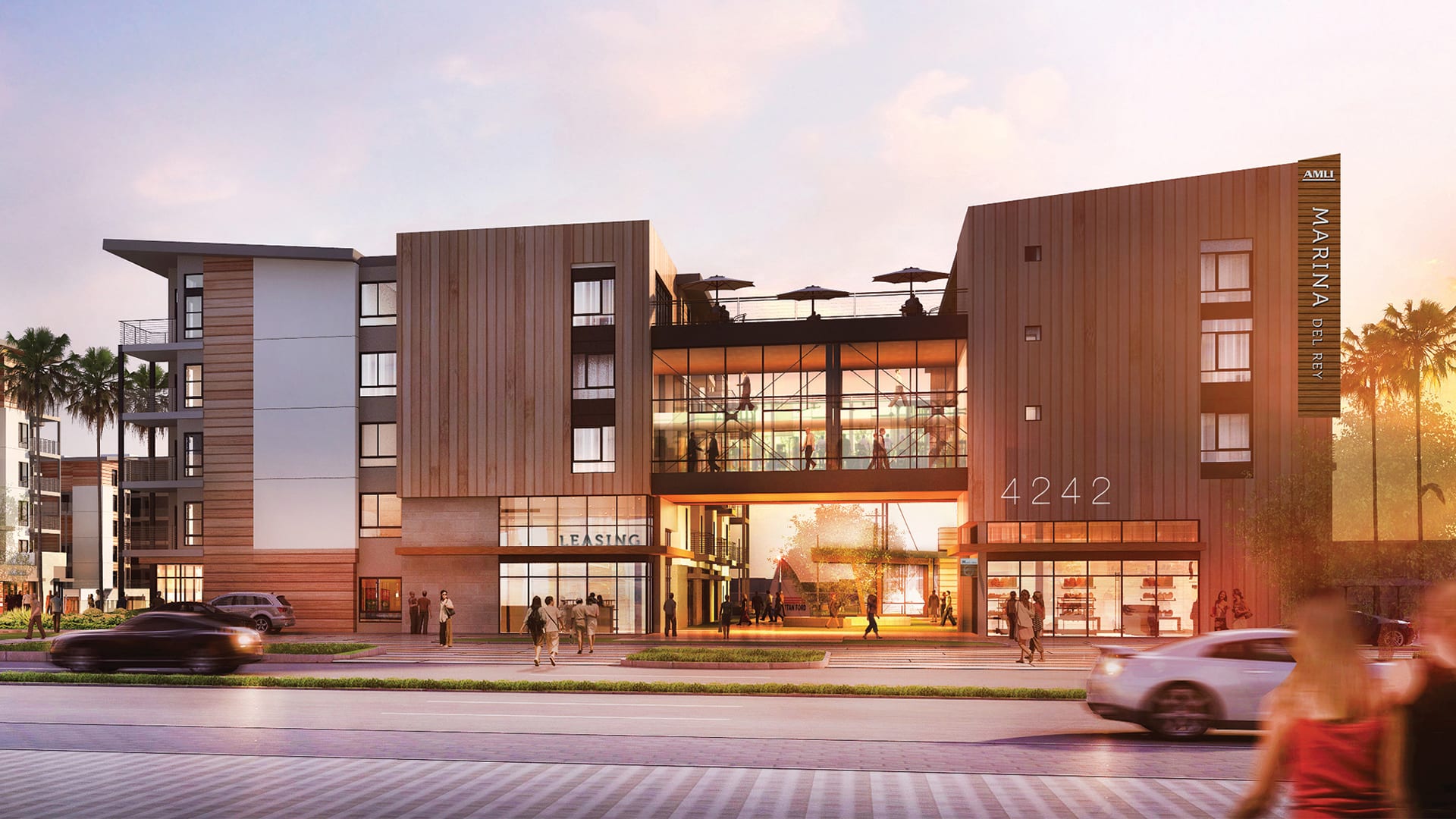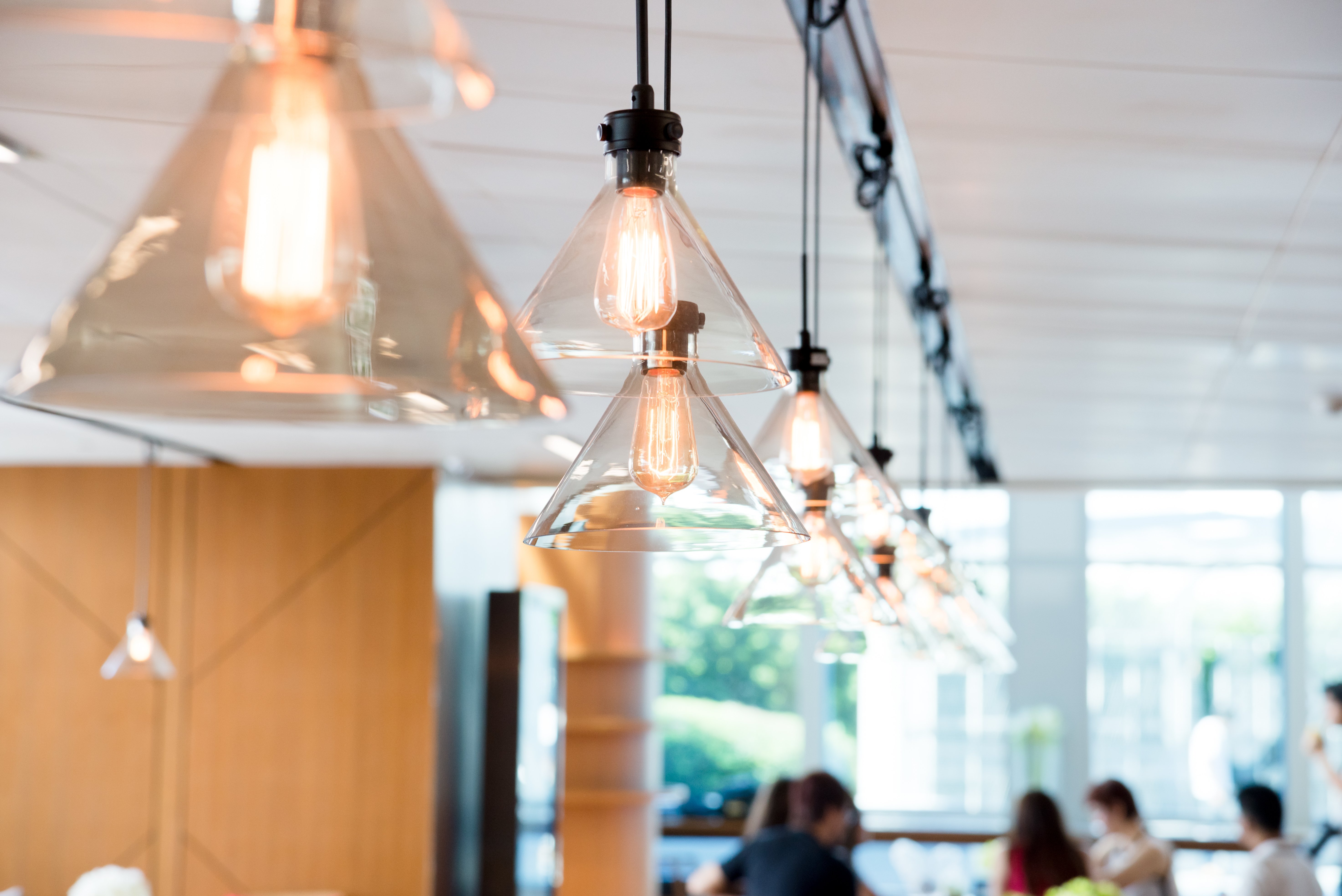5 ways a Lighting Designer helps architects save time and wow clients
There is nothing like a customer or guest walking into a building and immediately saying, "Wow!"
That's the experience when you walk into Bar Mar and The Bazaar in Chicago. Your eye is immediately drawn to one thing: the huge octopus (with lighting complements of RL Studio) hanging above the bar. It's not just stunning. The fixture ties into the seafood-based menu, creating a cohesive environment for guests.
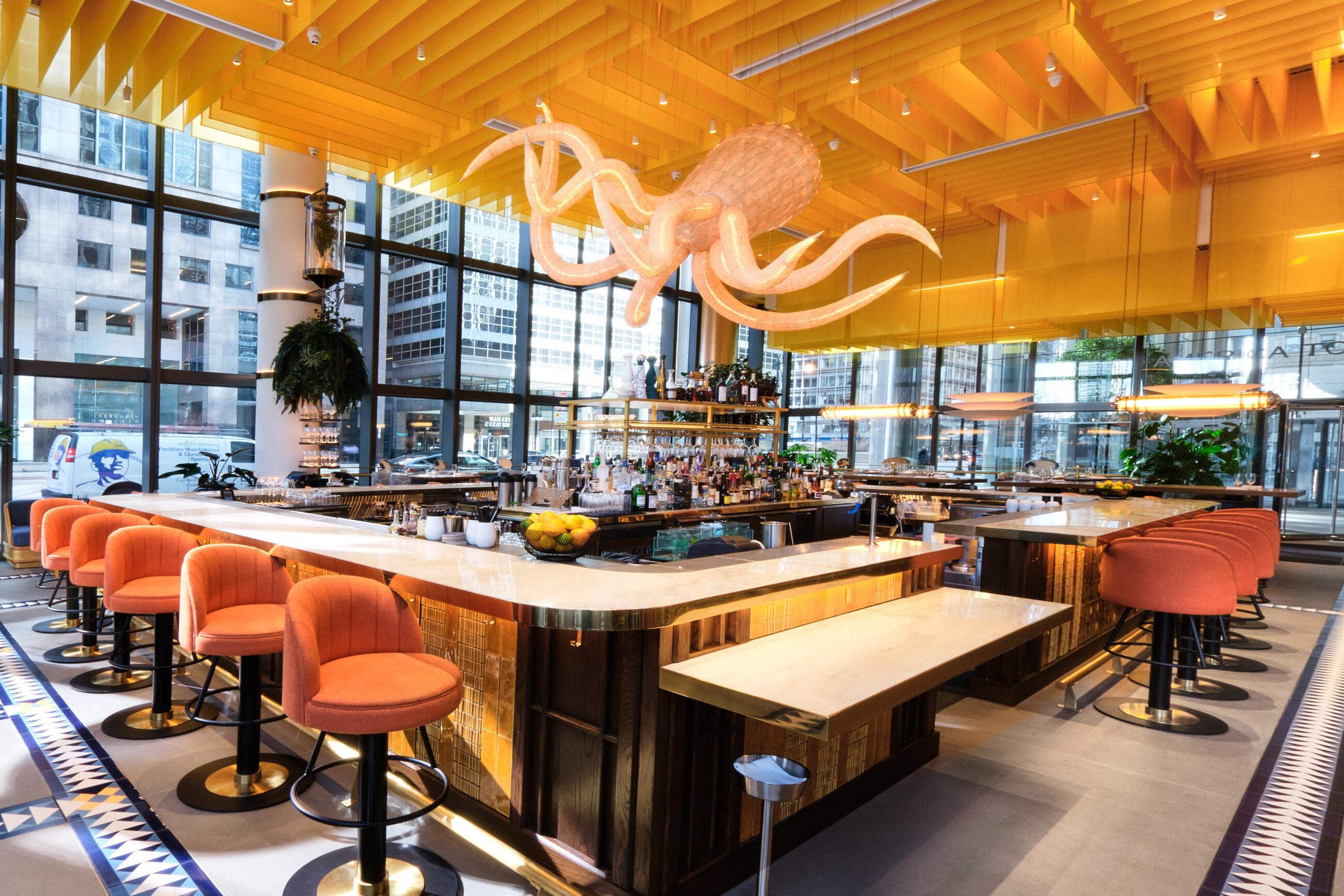
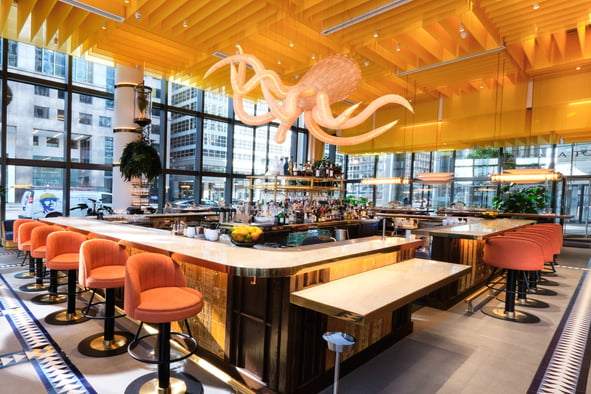 |
Not every lighting fixture will leave as lasting of an impact as big as this one, but there is an opportunity to use lighting to create the right environment in a space. The right lighting design team will not only leave customers or guests inspired — it can also save architects time.
Here are five ways a lighting designer can move a project along while producing spectacular results:
1. A lighting designer will help to enhance your design through complimentary lighting.
Yes, there are certain areas where the wow factor is critical. But there are other areas where the focus should be more on lighting for safety, and having one point of contact for all lighting-related needs makes your job easier and lighting more cohesive throughout your project.
Good lighting can make a huge difference in how a client feels about the space. And that goes for the entire space, not just the entrance or lobby where first impressions are most important. How does the guest feel walking in the hallway? How does the customer feel pulling into the parking garage? A great lighting design team can easily enhance these spaces so the architect can concentrate on other parts of the project. Plus, a quality lighting design team knows when to avoid the lowest cost lighting and when pushing for more material savings may be beneficial.
2. A lighting designer who sticks with a project will save you time on RFIs and change orders.
LED products are often made to order, which is great when you're able to identify your needs and you're able to prepare for long lead times. But on typical projects, a six- to eight-week delay because of complex part numbers and unpredictables stock levels simply won't work. Even field-configurable fixtures have a long list of possible accessories to adapt to specific applications.
RL Studio lighting design team sticks with the project through final commissioning. This means we take ownership over the lighting specification and look for issues before they arise. When RFIs or changes come up, you can delegate those directly back to the LD for resolution.
Our lighting design team is familiar with a wide range of LED products and the sourcing process for manufacturers, so we can anticipate when a problem or delay will arise and actively adjust to avoid any issues.
3. A lighting designer has the expertise to handle complex local code and controls requirements.
From Dark Sky compliance to complex lighting controls required by California’s Title 24, a lighting designer is trained with the expertise to meet the most stringent code requirements and has the creativity to still communicate the architect’s vision for the space.
Plus, with code changing constantly in different jurisdictions, it helps to have an expert who can keep track of the updates so it's one less thing to worry about.
4. A lighting designer can coordinate directly with the interior design team.
It's all about communication when you're working on a project. A lighting designer can coordinate directly with the interior design team.
When an LD is brought in early on a project, they can work directly with the interior designer on a project and help facilitate the vision for the space. This makes communication about the project more efficient and ensures a cohesive experience for the client when they enter a finished space.
5. A lighting designer should own commissioning of the listing system.
Do you know who is going to handle commissioning for lighting controls, light aiming, and any other final details on your project? A good lighting designer will stick with a project and ensure that the final product meets your and your client’s expectations.
We typically stay on site until the last detail is finalized, so we can see how the lighting ties into the environment and if any last-minute adjustments are necessary.
Adding value as a lighting design team
Our team is able to add one more critical value beyond these five reasons a lighting designer can make your job easier and help you deliver stand-out projects.
Our lighting design team studio is part of a distributor, Regency Supply. Clients don’t have to purchase lighting from Regency Supply to use our lighting design studio, but when they do, a whole new set of benefits open up:
- Our lighting designers can forecast pricing and lead times from the beginning of a project. This means RFIs are less likely and lighting is less likely to derail a project.
- Our lighting designers and project managers already have a close working relationship. This means communication, project details, and overall efficiency are maximized.
- Because our teams work together, we’re generally able to provide highly competitive design proposals with architectural-grade quality. We’re commonly less than other lighting design proposals while delivering the same award-winning results you would expect from a lighting design studio.
Don't end your next project with a feeling of regret that the lighting could have looked better or been easier. Reach out to our lighting design team today to start talking through ideas.
Still not sold on the value of a lighting designer? Check out why lighting design fees are worth it to a client.
Need tips on solving for color consistency? We're here to help.
Ready to talk through how we can help on a project? Contact us for a free consultation.



-1.jpg?width=2000&height=1333&name=1%20(1)-1.jpg)
